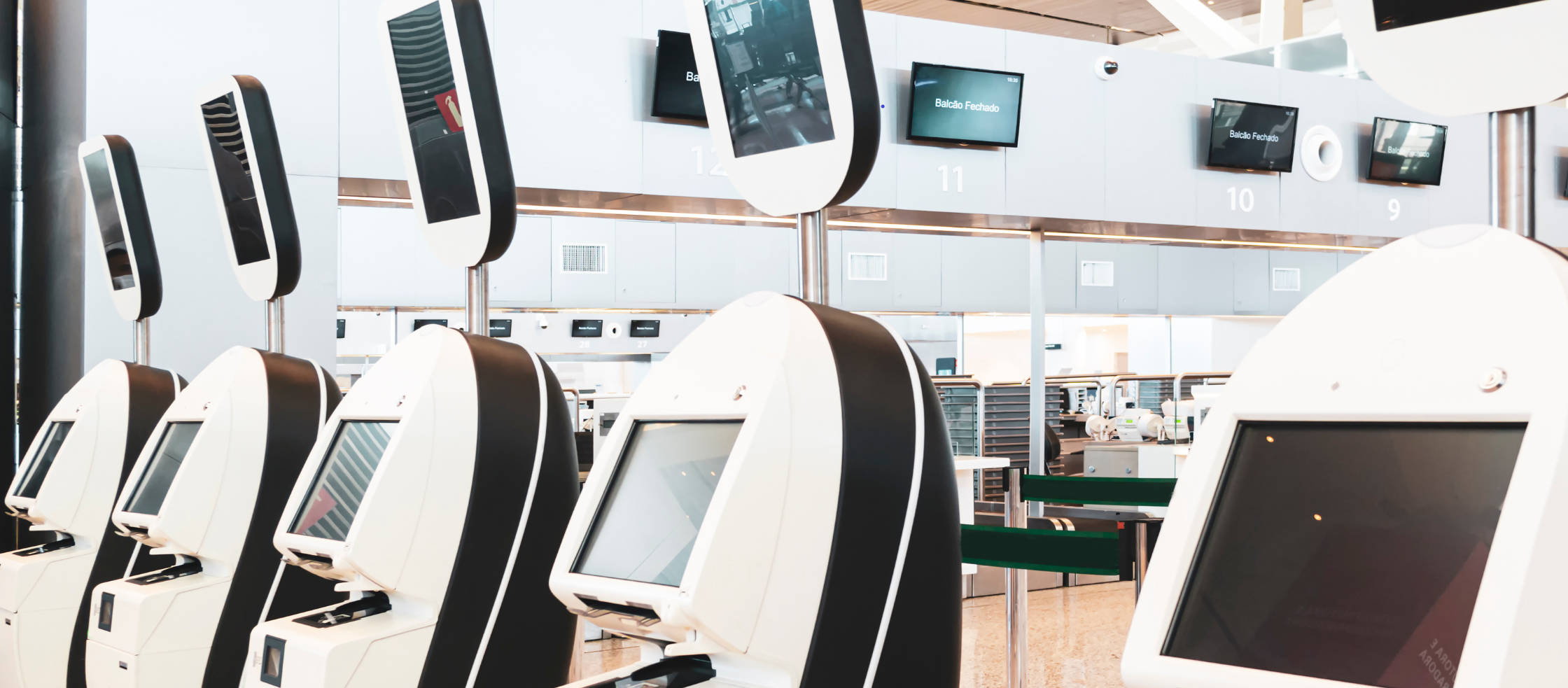
USB drives, while convenient for data storage and transfer, can also introduce several inherent threats to computer systems and networks, such as malware and viruses, autorun exploits and firmware attacks.
A commonly used security measure is the deployment of USB scanning kiosks, such as the Sasa Software’s GateScanner Kiosk. However, to truly maximize the effectiveness of such kiosks and to ensure a comprehensive USB security strategy, centralized management is of paramount importance. Let’s see why:
Consistent and Coordinated Protection
With a central management system in place, organizations can ensure a uniform approach to USB security across all scanning kiosks. This means that regardless of the location or department, the scanning protocols, antivirus software, and security settings are consistently implemented. Centralized management guarantees that every USB scanning kiosk operates with the same level of effectiveness, minimizing the risk of overlooking potential threats.
Timely Updates and Patches
USB drives are constantly evolving, and so are the threats they carry. With central management, organizations can easily push updates and patches to all USB scanning kiosks, ensuring that they are equipped with the latest antivirus signatures, firmware updates, and security patches. This proactive approach mitigates the risk of new and emerging threats bypassing outdated kiosks, bolstering the overall security posture of the organization.
Streamlined Monitoring and Reporting
Centralized management allows for real-time monitoring and comprehensive reporting across all USB scanning kiosks. IT administrators can track scanning activities, detect anomalies, and identify potential vulnerabilities or patterns of misuse. This enables proactive threat detection and swift incident response, reducing the window of opportunity for cyberattacks.
Efficient Resource Allocation
With central management, organizations can optimize resource allocation for USB scanning kiosks. Administrators can track usage patterns, identify high-traffic areas, and allocate resources accordingly. This ensures that scanning kiosks are strategically positioned where they are most needed, minimizing bottlenecks and enhancing overall operational efficiency.
Scalability and Flexibility
As organizations grow and evolve, the number of USB scanning kiosks may increase. Centralized management facilitates seamless scalability, allowing administrators to easily add or remove kiosks from the network. It also provides the flexibility to adapt USB security policies and protocols to evolving organizational needs and industry standards.
To summarize, the central management of USB scanning kiosks is essential for organizations aiming to establish a comprehensive and robust USB security framework. It ensures consistent protection, timely updates, streamlined monitoring, optimized resource allocation, and scalability. By embracing centralized management, organizations can proactively safeguard their networks against USB-borne threats, bolstering overall cybersecurity and data protection efforts.

